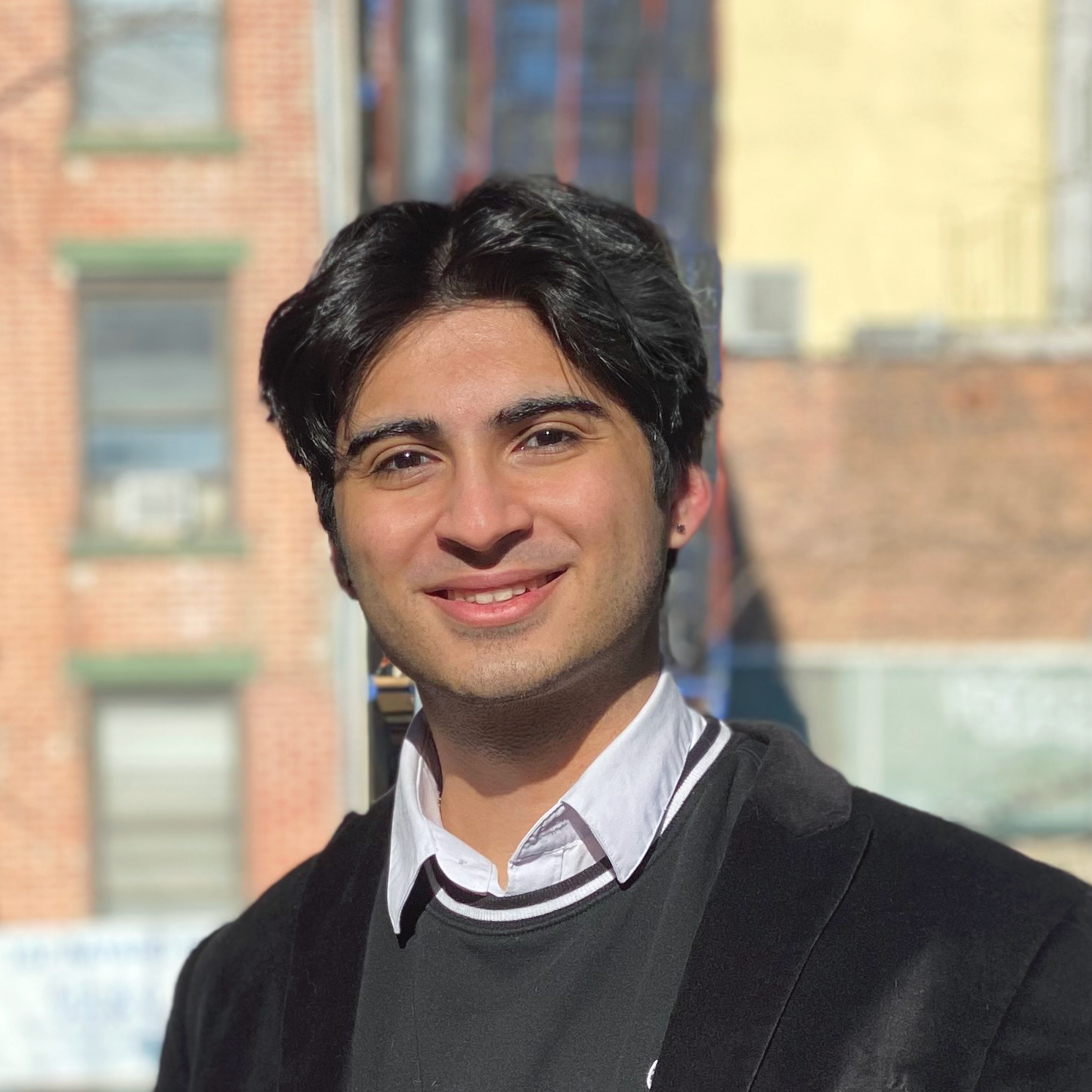Child / Adolescent - Anxiety
A Dose-Response Analysis of Adjunctive Intensive Group Treatment for Selective Mutism
(PS5-10) A Dose-response Analysis of Adjunctive Intensive Group Treatment for Selective Mutism
- RK
Rachel Kupferberg, Psy.D.
Clinical Assistant Professor of Child and Adolescent Psychiatry
Hassenfeld Children’s Hospital at NYU Langone Medical Center
New York, New York, United States 
Richard Gallagher, Ph.D.
Associate Professor of Child & Adolescent Psychiatry
NYU Grossman School of Medicine
New York, New York, United States- SW
Sol J. Wahba, Ph.D.
Clinical Assistant Professor of Child and Adolescent Psychiatry
NYU Langone Medical Center
Ocean Township, New Jersey, United States 
Ali Adnan, None
Undergraduate Research Assistant
Hassenfeld Children’s Hospital at NYU Langone Medical Center
Brooklyn, New York, United States
Author(s)
Co-Author(s)
Selective mutism (SM) is a relatively rare anxiety disorder characterized by an inability to speak in certain social situations in which speech is expected despite being able to comfortably speak in more familiar situations (APA, 2022). While weekly, individual exposure-based cognitive behavioral therapy (CBT) models and Parent Child Interaction Therapy adapted for SM (PCIT-SM) have shown promising efficacy in the treatment of childhood SM (Oerbeck et al., 2018; Bergman et al., 2013; Catchpole et al., 2019), studies have also demonstrated the feasibility and effectiveness of weekly and intensive group therapy for children with SM (Aldrich et al., 2022, Skedgell et al., 2016; Cornacchio et al., 2019, Sharkey et al., 2008). Intensive group treatments for SM provide opportunities for exposures to speaking with same-age peers and unfamiliar adults, and can serve as an adjunctive treatment option for primary individual CBT or PCIT-SM. The present study examines a monthly, intensive group therapy program for children ages 3-10, which utilizes a graduated exposure and reinforcement framework to facilitate speaking within simulated school and playdate settings. In the groups, children were prompted to meet individualized goals, including, but not limited to, raising a hand to participate in front of the group, initiating conversation with a peer partner, or presenting during a school lesson. To better understand the role of monthly group therapy in the treatment of childhood SM, we conducted a dose response analysis of the group. Caregivers of 40 children with SM (N=40) completed the Selective Mutism Questionnaire (SMQ; Bergman, Keller, Piacentini, & Bergman, 2008) at each of the treatment groups they attended. Analyses were conducted to determine overall SM symptom change scores on the SMQ from the first monthly treatment group the child attended to the last monthly treatment group the child attended. Pearson correlation coefficients were then computed to assess the relationship between the total number of monthly treatment groups attended and the total change score on each of the domains of the SMQ (school, home, social). Results indicated that there was a significant positive association found between the number of groups attended and the total SM symptom change score on the school domain of the SMQ, r(38) = .34, p = .016, 95% CI = .03-.59. A positive association was also found between the number of treatment groups attended and the total SM symptom change score on the social domain of the SMQ, r(38) = .16, p = .166, 95% CI = -.162.-447, however, the relationship was not significant. A weak, negative, non-significant association was found between the number of treatment groups attended and the total SM symptom change score on the home domain of the SMQ, r(38) = -.11, p = .248, 95% CI = -.41-.21. These findings provide preliminary support that frequent, intensive group therapy for SM can be helpful for improving SM symptoms within the school setting, an environment in which children with SM are often most highly impaired. Considerations should also be made to incorporate more direct parent coaching and community exposures into monthly intensive group treatments, to specifically target symptoms of SM within the home and community/social settings.

.png)
